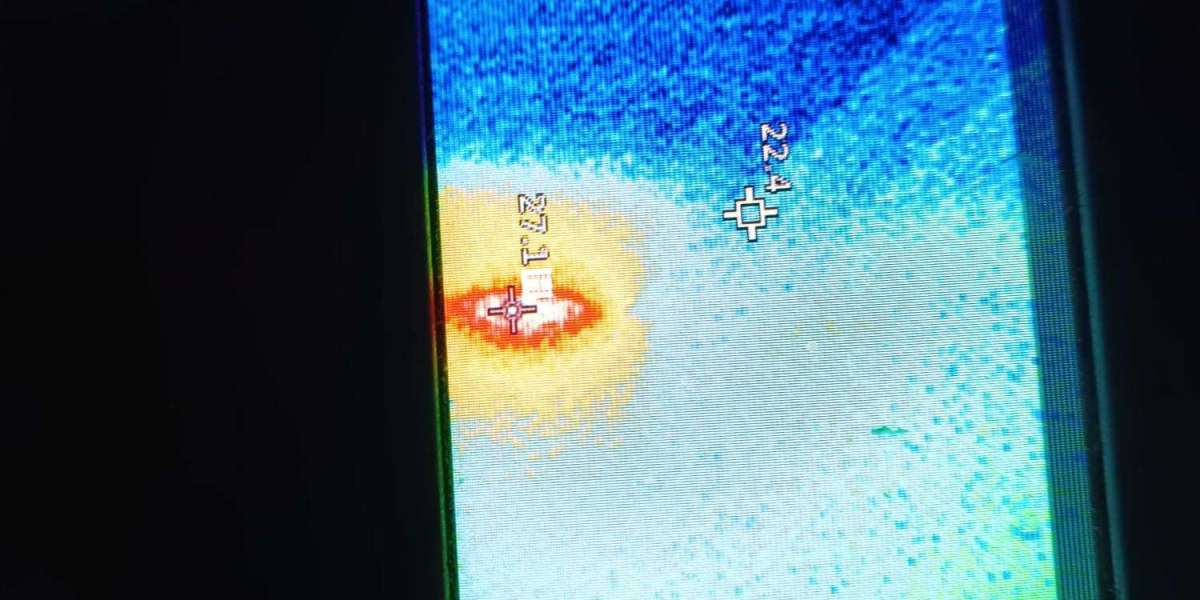Understanding the anatomy of a riflescope is crucial for both novice and experienced shooters. In this article, we will delve into the intricate components that make up a riflescope, providing you with a comprehensive guide to "Demystifying Riflescope Anatomy: What You Need to Know". Whether you're a hunter, a competitive shooter, or simply a firearms enthusiast, this guide will enhance your knowledge and appreciation of this essential tool.
The Objective Lens
The objective lens is the lens located at the end of the scope farthest from the shooter. Its primary function is to gather light and focus it into the scope. The size of the objective lens is crucial as it directly impacts the amount of light that enters the scope, thereby affecting the brightness and clarity of the image. For example, a larger objective lens is beneficial in low-light conditions, such as dawn or dusk, making it easier to spot your target.
The Ocular Lens
On the opposite end of the scope, closest to the shooter, is the ocular lens. This lens is responsible for magnifying the image and presenting it to the shooter's eye. The ocular lens works in conjunction with the objective lens to provide a clear and magnified view of the target. Adjusting the ocular lens can help in achieving a sharp focus, which is essential for accurate shooting.
Turrets: Elevation and Windage
Turrets are the knobs located on the top and side of the scope. The elevation turret, typically found on the top, allows the shooter to adjust the vertical alignment of the reticle, compensating for bullet drop over distance. The windage turret, usually on the side, adjusts the horizontal alignment to account for wind drift. Mastering the use of turrets is a key aspect of "Demystifying Riflescope Anatomy: What You Need to Know", as it enables precise adjustments for long-range shooting.
The Reticle
The reticle, often referred to as the crosshairs, is the aiming point within the scope. Reticles come in various designs, including duplex, mil-dot, and BDC (Bullet Drop Compensator). Each design serves a specific purpose, catering to different shooting needs. For instance, a mil-dot reticle is useful for range estimation and bullet drop compensation, making it a favorite among tactical shooters.
The Tube
The tube is the main body of the scope, housing all the internal components. Tubes are typically made from durable materials like aluminum to withstand harsh conditions. The diameter of the tube can vary, with common sizes being 1 inch and 30mm. A larger tube diameter can offer more adjustment range and better light transmission, enhancing the overall performance of the scope.
Parallax Adjustment
Parallax adjustment is a feature found on many high-end scopes. It allows the shooter to eliminate parallax error, which occurs when the reticle appears to move against the target when the shooter's eye shifts position. By adjusting the parallax, you can ensure that the reticle remains fixed on the target, improving accuracy. This feature is particularly useful for long-range shooting where precision is paramount.
Conclusion
In conclusion, "Demystifying Riflescope Anatomy: What You Need to Know" involves understanding the various components and their functions. From the objective and ocular lenses to the turrets, reticle, tube, and parallax adjustment, each part plays a vital role in the performance of the scope. By familiarizing yourself with these elements, you can make informed decisions when selecting and using a riflescope, ultimately enhancing your shooting experience.





